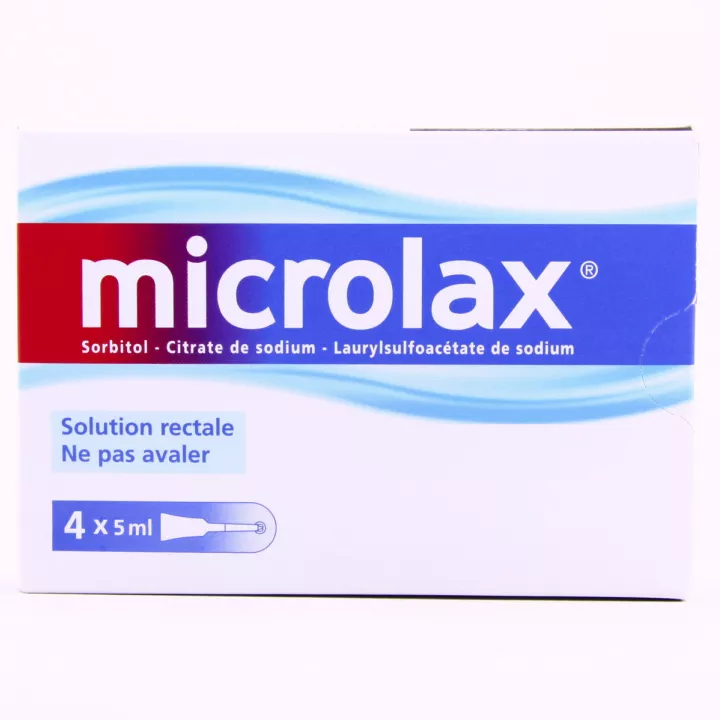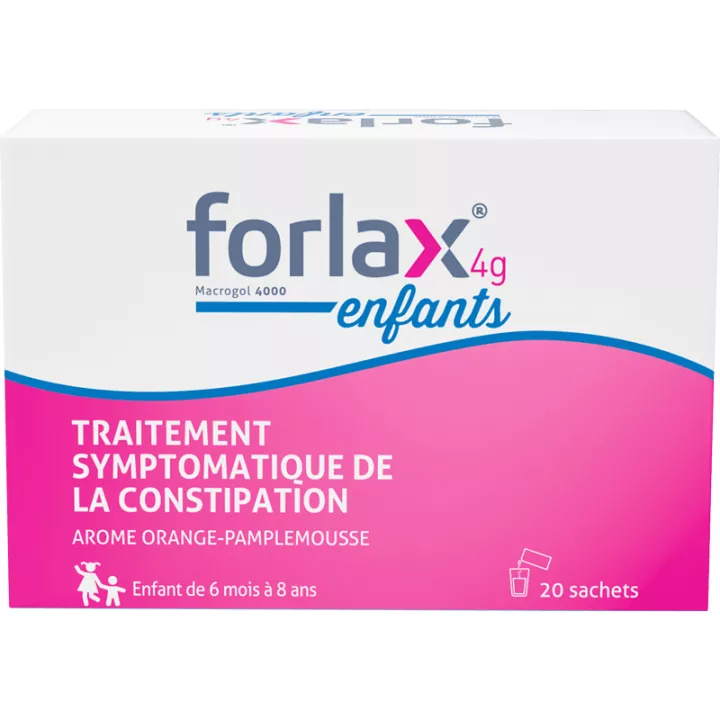NOTICE
ANSM - Updated on: 21/08/2017
Name of the medicinal product
PURSENNIDE 20 mg coated tablet
framed
Read this leaflet carefully before you start taking this medicine. It contains important information for your treatment.
If you have any further questions, ask your doctor or pharmacist.
· Keep this leaflet, you may need to read it again.
· If you need more information and advice, ask your pharmacist.
· If symptoms worsen or persist after 10 days, consult your doctor.
· If you notice any side effects not listed in this leaflet, or if you experience any of the effects listed as serious, please tell your doctor or pharmacist.
Review summary
In this notice :
1. WHAT PURSENNIDE 20 mg, coated tablet AND WHAT IS IT USED FOR?
2. BEFORE YOU TAKE PURSENNIDE 20 mg, coated tablet?
3. HOW TO TAKE PURSENNIDE 20 mg coated tablet?
4. WHAT ARE POSSIBLE SIDE EFFECTS?
5. HOW TO STORE PURSENNIDE 20 mg coated tablet?
6. ADDITIONAL INFORMATION
1. WHAT PURSENNIDE 20 mg, coated tablet AND WHAT IS IT USED FOR?
Pharmacotherapeutic group
Not applicable.
Therapeutic indications
Symptomatic treatment of constipation.
This medication is a stimulant laxative. It stimulates intestinal evacuation.
It is recommended in occasional constipation.
2. BEFORE YOU TAKE PURSENNIDE 20 mg, coated tablet?
List of information needed before taking the medication
If your doctor has told you about an intolerance to some sugars, contact your doctor before taking this medicine.
Cons-indications
Do not take PURSENNIDE 20 mg coated tablets in the following cases:
· a history of allergy to sennosides.
· certain diseases of the intestine and the colon: inflammatory organic colopathies (ulcerative colitis, Crohn's disease ...)
· in case of abdominal pain (stomach pains),
· in the case of chronic constipation (long-lasting constipation),
· in children under 12 years of age without the prescription of a doctor.
IN CASE OF DOUBT, IT IS ESSENTIAL TO ASK FOR THE OPINION OF YOUR DOCTOR OR YOUR PHARMACIST.
Precautions for use; special warnings
Take special care with PURSENNIDE 20 mg, coated tablet:
Special warnings
NO PROLONGED USE WITHOUT MEDICAL ADVICE.
Occasional constipation: It may be related to a recent change in lifestyle (travel). The drug may be an aid in short treatment. Any recent constipation unexplained by the change in lifestyle, constipation accompanied by pain, fever, swelling of the abdomen must make seek the opinion of the doctor.
Chronic constipation (long-lasting constipation): It should not be treated with a stimulant laxative.
It can be linked to two causes:
· a disease of the intestine that requires treatment by the physician,
· or an imbalance in intestinal function due to dietary habits and lifestyle.
Treatment includes:
· an increase in dietary intakes of vegetable products (green vegetables, raw vegetables, wholemeal bread, fruit ...),
· an increase in the consumption of water and fruit juices,
· an increase in physical activities (sports, walking ...),
· a rehabilitation of the defecation reflex,
· sometimes, adding sound to the diet.
It is helpful to seek advice from your doctor or pharmacist.
Special case of the child: In children the treatment of constipation is based on lifestyle and dietetic measures: in particular use of the right amount of water with infant milk powders, diet rich in products of vegetable origin, addition of fruit juice.
Treatment with a stimulatory laxative without medical advice is contraindicated. (Regular intake of laxatives in young age may interfere with the normal functioning of the defecation reflex).
This drug contains an azo agent cochineal red A (E124) and can cause allergic reactions.
This medicine contains glucose and sucrose. Its use is not recommended in patients with intolerance to glucose or sucrose (rare hereditary disease).
Precautions for use
This medicine may cause loss of potassium. Combination with other medications (such as certain diuretics or certain heart medicines) can be dangerous.
IN CASE OF DOUBT DO NOT HESITATE TO REQUEST THE NOTICE OF YOUR DOCTOR OR PHARMACIST.
Interaction with other medicines
Taking or using other medicines
In order to avoid possible harmful interactions between several medicines, in particular Class Ia antiarrhythmic drugs (quinidine type), sotalol, amiodarone, lidoflazine and vincamine, tell your doctor and pharmacist any treatment in progress.
Interactions with food and beverages
Not applicable.
Interactions with Herbal Medicines or Alternative Therapies
Not applicable.
Use during pregnancy and lactation
Pregnancy and breast feeding
This medication is strongly discouraged in breastfeeding women due to its passage through breast milk.
Ask your doctor or pharmacist for advice before taking any medicine.
Sport
Not applicable.
Effects on ability to drive or use machines
Not applicable.
List of excipients with known effect
Important information about some of the ingredients of PURSENNIDE 20 mg, coated tablet :
glucose, sucrose, cochineal red A (E124).
3. HOW TO TAKE PURSENNIDE 20 mg coated tablet?
Instructions for proper use
Do not use this medication in children under 12 years of age without a doctor's prescription. |
Dosage, Mode and / or route (s) of administration, Frequency of administration and Duration of treatment
Dosage
1 to 2 coated tablets to swallow without chewing in the evening at bedtime.
Observe the maximum dose.
Duration of the treatment
The duration of use is limited to 8-10 days. |
This treatment should only be taken for a short period (maximum 8 to 10 days).
If the effect of the treatment is insufficient, do not increase the dose or prolong the use but ask your doctor.
Symptoms and Instructions for Overdose
If you take more PURSENNIDE 20 mg, coated tablet than you should:
In case of accidental overdose, STOP TREATMENT AND SEEK YOUR DOCTOR QUICKLY.
Instructions for omission of one or more doses
Not applicable.
Risk of withdrawal syndrome
Not applicable.
4. WHAT ARE POSSIBLE SIDE EFFECTS?
Description of adverse reactions
Like all medicines, PURSENNIDE 20 mg, coated tablet is likely to have side effects, although not everyone is subject to it:
· Possibility of diarrhea, abdominal pain.
In this case stop treatment and seek advice from your doctor.
· Possibility of hypokalaemia (insufficient amount of potassium in the blood).
· Sometimes the urine may be slightly tinted red. This coloring does not involve any kidney damage.
If you notice any side effects not listed in this leaflet, or if any of the side effects gets serious, contact your doctor or pharmacist.
5. HOW TO STORE PURSENNIDE 20 mg coated tablet?
Keep out of the reach and sight of children.
Expiration date
Do not use PURSENNIDE 20 mg coated tablets after the expiry date which is stated on the carton or vial.
Storage conditions
No special storage conditions.
If necessary, warnings against visible signs of deterioration
Medicines should not be disposed of via wastewater or household waste. Ask your pharmacist what to do with unused medications. These measures will help protect the environment.
6. ADDITIONAL INFORMATION
Full list of active substances and excipients
What does PURSENNIDE 20 mg coated tablet contain?
The active substance is:
Calcium sennosides ................................................ .................................................. ...................... 20 mg
For a coated tablet.
The other components are:
Stearic acid, glucose, corn starch, talc, anhydrous colloidal silica.
Coating : sucrose, gum arabic, talc, indigotin (E132), cochineal red A (E124), lauric vegetable fat.
Pharmaceutical form and content
What is PURSENNIDE 20 mg, coated tablet and contents of the pack?
This medication is in the form of a coated tablet. Box of 20 or 40.
Name and address of the marketing authorization holder and the holder of the manufacturing authorization responsible for the release of the lots, if different
Holder
GLAXOSMITHKLINE HEALTH GRAND PUBLIC
23 RUE FRANCOIS JACOB
92500 RUEIL MALMAISON
exploiting
GLAXOSMITHKLINE HEALTH GRAND PUBLIC
23 RUE FRANCOIS JACOB
92500 RUEIL MALMAISON
Maker
FAMAR FRANCE
1, Avenue Champ de Mars
45072 ORLEANS CEDEX
LA FRANCE
or
NOVARTIS FARMA SpA
Insediamento di T. ANNUNZIATA
Via Provinciale Schito, 131 (Napoli)
80058 TORRE ANNUNZIATA
ITALY
Names of the medicinal product in the Member States of the European Economic Area
Not applicable.
Date of approval of the notice
The last date on which this leaflet was approved is {date}.
AMM under exceptional circumstances
Not applicable.
Internet Information
Detailed information on this medicine is available on the Afssaps website (France).
Information for health professionals only
Not applicable.
Other
ADVICE / HEALTH EDUCATION
Occasional constipation: it may be related to a recent change in lifestyle (travel). The drug may be an aid in short treatment. Any recent constipation unexplained by the change in lifestyle, constipation accompanied by pain, fever, swelling of the abdomen must make seek the opinion of the doctor.
Chronic constipation (long-lasting constipation): it should not be treated with a stimulant laxative.
It can be linked to two causes:
· a bowel disease that requires management by the physician
· or an imbalance in intestinal function due to dietary habits and lifestyle.
Treatment includes:
· an increase in dietary intakes of products of vegetable origin (green vegetables, raw vegetables, whole breads, fruits, etc.);
· increased consumption of water and fruit juices;
· an increase in physical activities (sports, walking, etc.);
· rehabilitation of the defecation reflex;
· sometimes, adding sound to the diet.
It is helpful to seek advice from your doctor or pharmacist.
Special case of the child:
In children, the treatment of constipation is based on lifestyle and dietary measures: in particular the use of the right amount of water with infant milk powders, a diet rich in vegetable products, of fruit juice.
Treatment with a stimulatory laxative without medical advice is contraindicated (regular intake of laxative in young age may interfere with the normal functioning of the defecation reflex).














